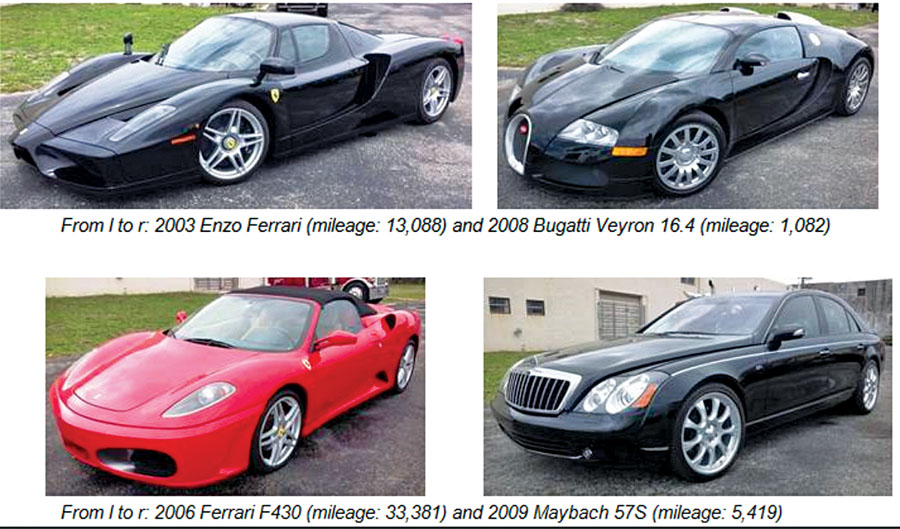It’s safe to say that SCM has never before reported on an Apple Auctioneering Company sale — until now. Apple Auctioneering Company is an affiliate of Apple Towing Company, Houston’s largest towing company, and it bills itself as the “nation’s leader in seized asset management & government liquidation.” Apple seemed to hit the jackpot on…
A Drug-Fueled Car Auction

